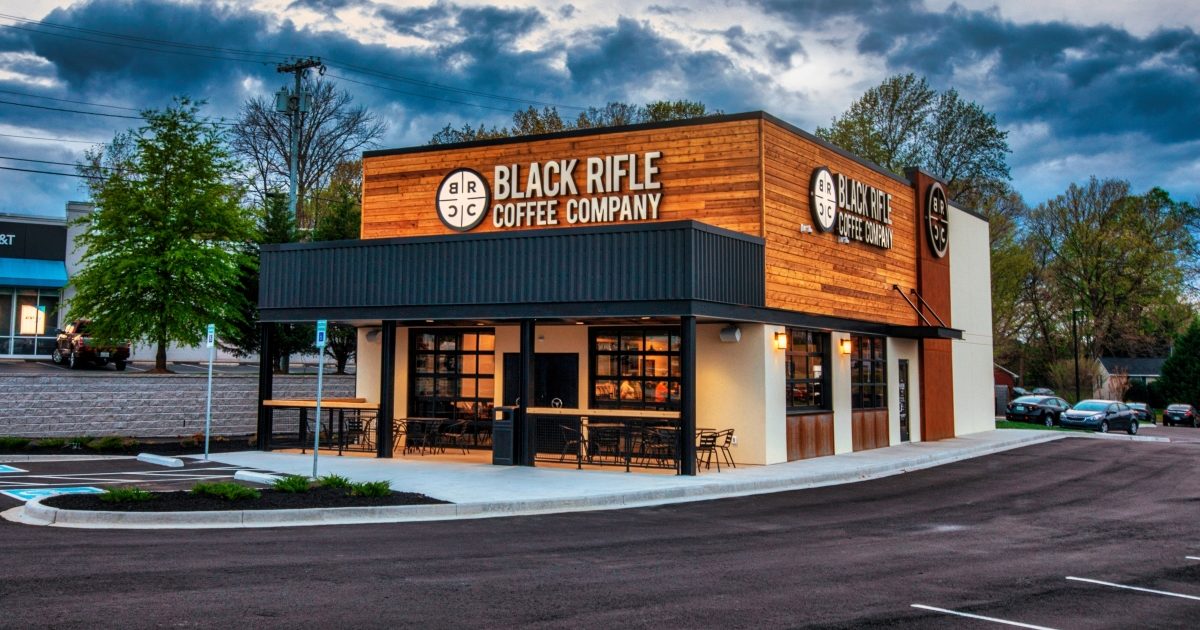A Housing Market ‘Grappling With a Mounting Affordability Crisis’
The latest S&P Dow Jones Indices (S&P DJI) for May 2022, a measure of U.S. home prices, show that home prices continue to increase across the U.S., as the S&P CoreLogic Case-Shiller U.S. National Home Price NSA Index, covering all nine U.S. census divisions, reported a 19.7% annual gain in May, down slightly from 20.6% the previous month.
The 10-City Composite annual increase came in at 19%, down from 19.6% in the previous month. The 20-City Composite posted a 20.5% year-over-year gain, down from 21.2% the previous month.
Regionally, Tampa, Miami, and Dallas reported the highest year-over-year gains among the 20 cities in May. Tampa led the way with a 36.1% year-over-year price increase, followed by Miami with a 34% increase, and Dallas with a 30.8% increase. Four of the 20 cities reported higher price increases in the year ending May 2022 versus the year ending April 2022.
“Housing data for May 2022 continued strong, as price gains decelerated slightly from very high levels,” said Craig J. Lazzara, Managing Director at S&P DJI. “The National Composite Index rose by 19.7% for the 12 months ended May, down from April’s 20.6% year-over-year gain. We see a similar pattern in the 10-City Composite (up 19% in May vs. 19.6% in April), and in the 20-City Composite (+20.5% vs. +21.2%). Despite this deceleration, growth rates are still extremely robust, with all three composites at or above the 98th percentile historically.”

Before a seasonal adjustment, the U.S. National Index posted a 1.5% month-over-month increase in May, while the 10-City and 20-City Composites posted increases of 1.4% and 1.5%, respectively. After a seasonal adjustment, the U.S. National Index posted a month-over-month increase of 1%, and the 10-City and 20-City Composites both posted increases of 1.3%. In May, all 20 cities reported increases before and after seasonal adjustments.
“Today’s S&P CoreLogic Case Shiller Index underscores a housing market grappling with a mounting affordability crisis,” added Realtor.com Manager of Economic Research George Ratiu. “While growth eased slightly in May from the hot pace of the prior two months, the still-limited inventory kept pressure on prices, driving them 19.7% higher compared with a year ago. The 10- and 20-city indices advanced by 19.6% and 20.5%, respectively. Only 4 of 20 cities in the index recorded higher yearly advances during the month, seven fewer than last month, with Tampa, Miami and Dallas posting the largest price gains.”
Actions taken by the Fed in mid-June to combat inflation saw the Federal Reserve raise the nominal interest rate to 1.50-1.75%, a 75-basis point increase from the previous rate of 0.75-1.00%. The rate hike was cited as a necessity to combat the highest rate of inflation since the 1980s.
Just last week, ahead of today and tomorrow’s latest Federal Open Market Committee (FOMC) meeting, Freddie Mac reported the 30-year fixed-rate mortgage (FRM) jumped to 5.54%. A rise in rates also forced a dip in mortgage application volume, as the Mortgage Bankers Association (MBA) reported a 6.3% week-over-week drop in apps, as overall mortgage application volume fell to a 22-year low.
“We’ve noted previously that mortgage financing has become more expensive as the Federal Reserve ratchets up interest rates, a process that was ongoing as our May data were gathered,” said Lazzara. “Accordingly, a more-challenging macroeconomic environment may not support extraordinary home price growth for much longer.”
The byproduct of this all has been a boost in the nation’s housing inventory, providing more choices for buyers who were recently hamstrung for options in the current marketplace.
“Real estate markets are clearly shifting toward a new equilibrium, as higher interest rates cool buyer demand and high prices incentivize homeowners to list their properties for sale,” Ratiu added. “In the short-term, transactions are feeling the pressure, with sales of existing homes down for five consecutive months. In addition, with less competition, houses that would have flown off the market within hours last year are lingering. The share of homes seeing price cuts has doubled from a year ago, as motivated homeowners want to close a deal before more buyers drop out of the market.”


